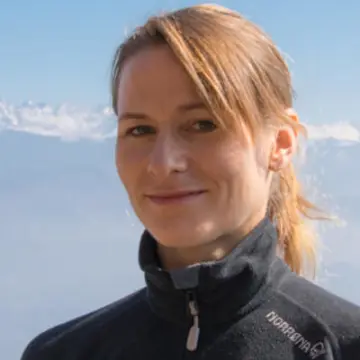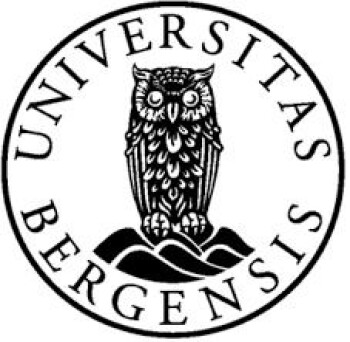THIS ARTICLE/PRESS RELEASE IS PAID FOR AND PRESENTED BY the University of Bergen - read more
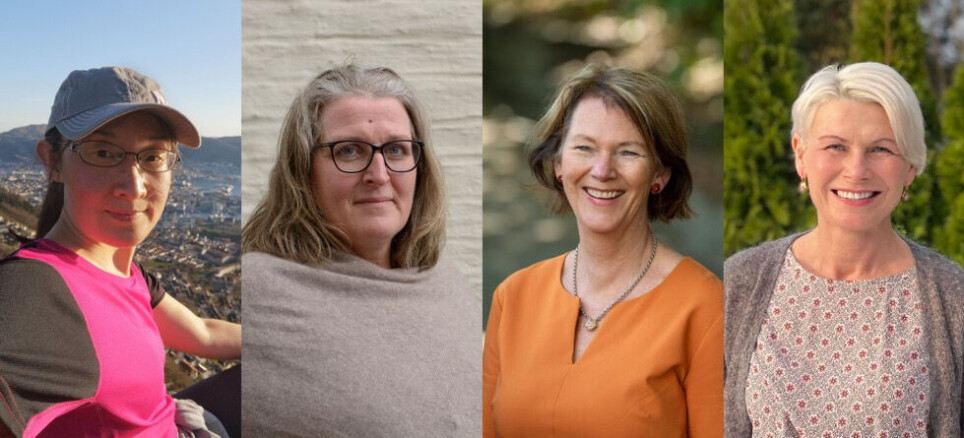
International Women in Science Day: "We need good role models"
Four female scientists, four interesting stories. Meet Victoria Miles, Elaine McDonagh, Shuang Gao and Lise Øvreås.
Victoria Miles
“I am a third-generation scientist”, Victoria Miles says proudly. “My grandmother was the first.”
Victoria Miles is a researcher at the Bjerknes Centre and the Nansen Environmental and Remote Sensing Center.
Using satellite remote sensing data, her work centers around how climate change and human activities impact nature as well as infrastructure in the Arctic. Among other topics, she has studied air pollution damage on forests and the urban heat island effect in northern towns – locations not associated with heat, but where the temperature difference between asphalt areas and the surrounding tundra can be great.
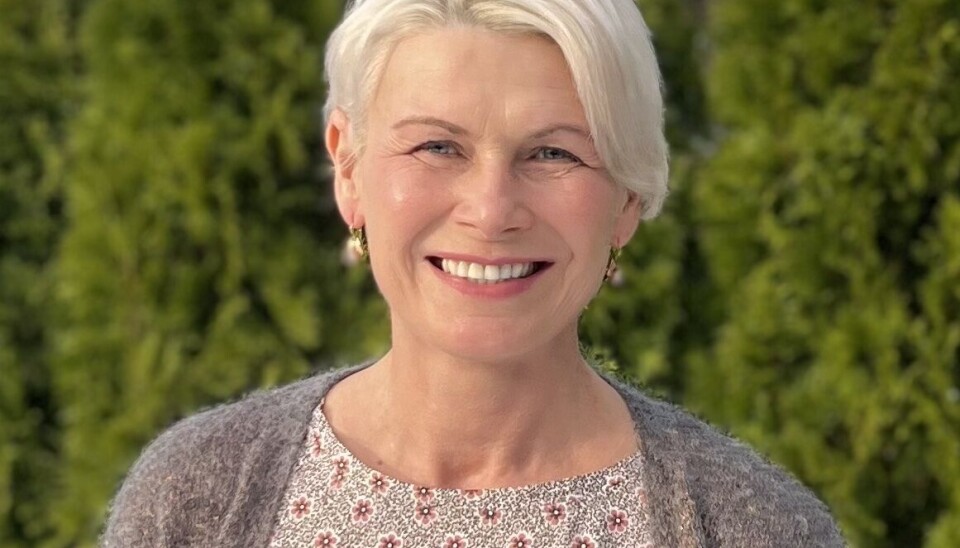
Growing up in the Russian city of Saint Petersburg, Victoria spent her childhood Sundays at concerts and in galleries. Her father is a professor who was then organizing a research institute on ecological safety, and she also became interested in animal behavior and forests. She chose to study the natural sciences.
“I did not believe much in remote sensing”, she says. “But then I realized what a great tool it is.”
With satellites she could cover areas one can only dream of getting regular observations from in the sparsely populated Arctic.
Her grandmother, Raisa Vasilievna Donchenko was born in 1922. She was a scientist at the Russian State Hydrological Institute in Saint Petersburg, where she worked on freshwater ice, such as the freezing and breaking up of ice dams in rivers.

“Her equations are still in use”, Victoria Miles says and picks up a Chinese translation of a book written by her grandmother.
In 2001 she moved to Bergen to join her American husband, who is also a climate scientist. The couple has two daughters.
“As a scientist your brain is always on”, she says. “But it is difficult to focus only on science when you have a family”.
She believes it is harder for women to find the balance between cooking, cleaning and work deadlines. Her grandmother might have agreed, combining her ice research career with life as a single mother. As a scientist in the Soviet Union in the 1960s, though, Raisa Vasilievna Donchenko could take one thing for granted. While most present-day scientists constantly have to compete for new research projects, she had her salary from the government.
“Life as a scientist would be easier with secure funding”, says Victoria Miles.
Elaine McDonagh
When Elaine McDonagh was offered to go on a field cruise from South Africa to Mauritius, her career steered toward oceanography. She had always enjoyed science and math and studied the broad field of environmental science at the University of East Anglia. Joining the cruise was an obvious choice – she really wanted to go on an adventure.
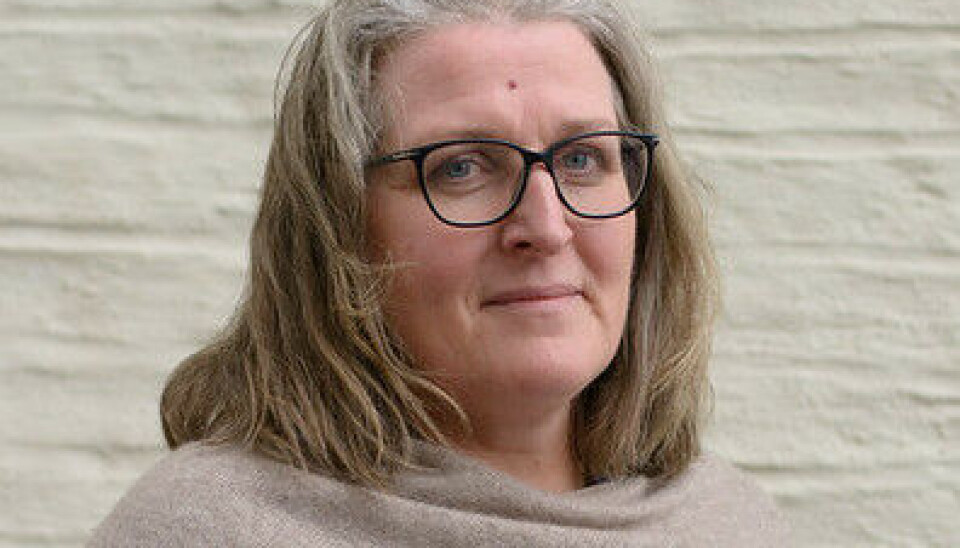
After graduating she spent 20 years at the National Oceanography Centre in Southampton, becoming the deputy head of the Marine Physics and Ocean Climate group. In 2019 she moved to Bergen to work at the Bjerknes Centre and NORCE.
As a co-chair of GO-SHIP, an international program for observations of the world’s oceans, she works on making data available and accessible, and on developing best practices for performing observations and for data handling. She says she mostly enjoys the data that the program produces and what these data tell us about how the ocean works.
Elaine McDonagh refers to the research community in Bergen as an enjoyably diverse place.
“I rarely end up in a meeting with 5–6 people here where I am the only woman. In the other places this still happens”, she says.
She still warns of neglecting unconsciousness bias, for example when look through lists of applicants for a position. Differences in preconceptions appear.
“For men it is work, office. For women it is home, children.”.
When asked whether we need a special day dedicated to women in science, she replies with a clear yes.
“We need role models, we need to normalize it, and we need to give women a platform.”
And in ten years from now? Or thirty years?
“It will probably be better”.
She points to how films and books do not always age well.
“There are things we react to now that was totally OK in a movie 20 years ago. The same will happen over the coming 20 years”.
Shuang Gao
“The ocean is like my mother”, says Shuang Gao. “It was very natural to study it.”
She claims to have more or less grown up on the beach in her hometown Qingdao in China. After her Master’s degree at the Ocean University of China, she did an exchange program and a PhD in marine biology in Bremen in Germany.
“Norway feels like the end of the world, it’s like a mystery. I wanted to see it”, she says to explain the next move, to Bergen.
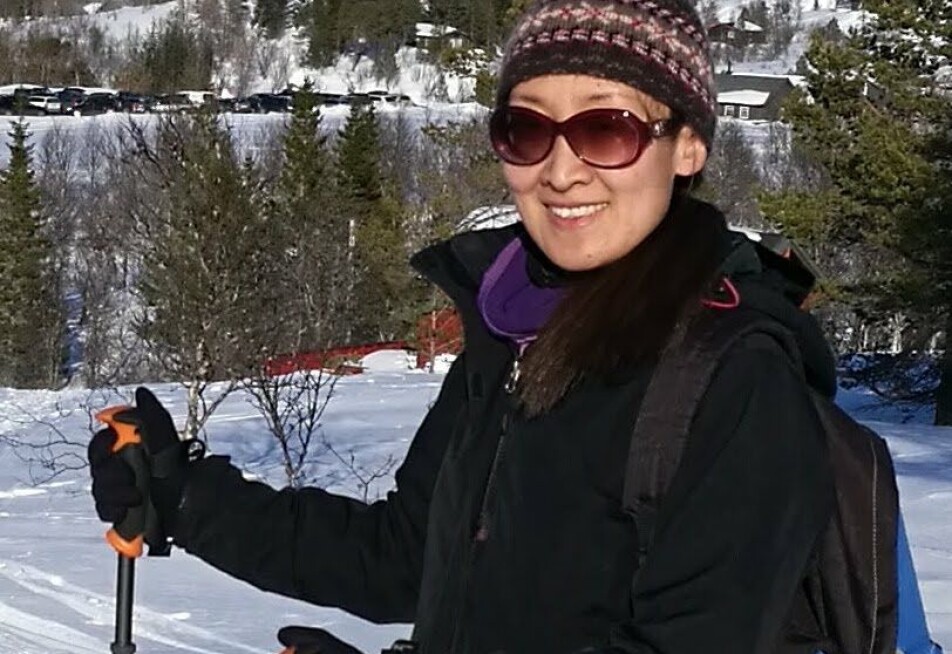
Experience with biogeochemical models made her well qualified for work at the Bjerknes Centre and the University of Bergen, where she completed a postdoc before continuing to the Institute at the Marine Research. With one daughter aged four years and the other nine months, she has now just returned to work after her second maternity leave, happy to engage in science again.
Her work focus has shifted from global models to models of the Norwegian fjords. Still using models, she now works on the exchange of water, nutrients and organisms between the fjords and coastal waters outside. Such knowledge is needed for example when attempting to restore the declining shrimp population in the fjord Hardangerfjorden.
Shuang Gao considers the Norwegian system supportive of female scientists with children. In some cases she even thinks it may be an advantage to be a woman. If a male and a female candidate are equally qualified for certain researcher jobs, regulations state that the woman, as the underrepresented gender, should be preferred.
“It is probably not fair for the guy, but it is a correction for the history”, she concludes.
Lise Øvreås
“We want the best brains”, Lise Øvreås says. “We cannot use gender quotas strictly to achieve equality. But if we don’t strive to have 50 percent women, we’ll lose half of the talents.”
A professor of microbiology at the University of Bergen and the Bjerknes Centre, Lise Øvreås is also the president of the Norwegian Academy of Science and Letters.
She finds it hard to understand why the percentage of female Norwegian science professors remains low, despite Norway being one of the few countries where it should be possible to combine having a family with a career as a researcher. At the PhD and Postdoc levels, the share of females is high, but afterwards it drops steeply.
One reason, she suspects, may be that men have been better at making networks, supporting each other and inviting each other into formal and informal cooperation.
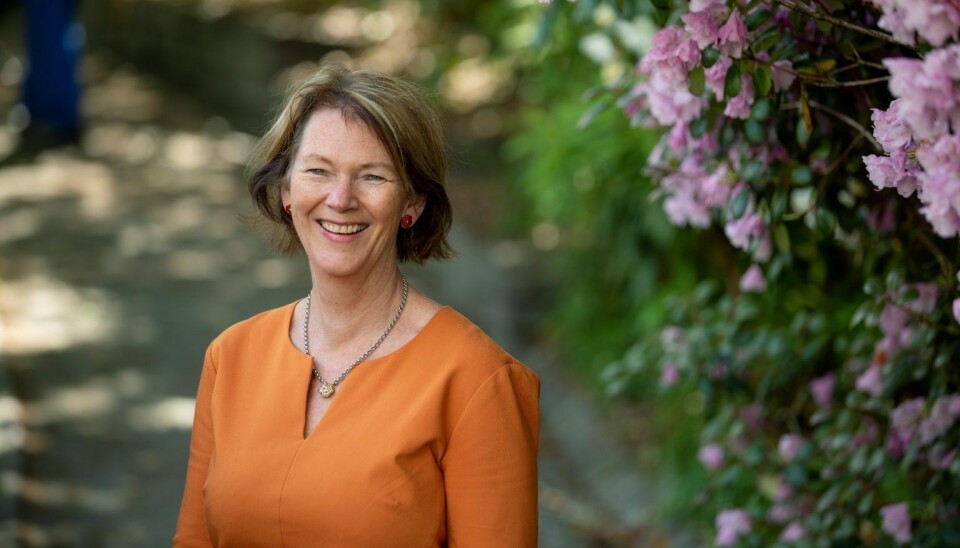
“Men have more role models than women, and networks are important. If you are not invited to workshops, informal gatherings or strategic meetings where decisions are taken, your job will not be very stimulating.”
The large national project the Nansen Legacy, which she is part of, makes her optimistic in that respect, as it has its own program for early career scientists.
“When we have meetings, the young scientists stay longer to discuss strategies, career plans and how to initiate workshops. They show such an engagement and drive each other forward.”
At one point Lise Øvreås was the national coordinator of an EU project. Her work package members consisted of five women. A man from the EU called and asked if the information was correct. That this could be an issue, had never occurred to her.
“You called just to check, I asked. Yes, he said. Would you have called if it had been five men, I asked. No, he replied.”
See more content from the University of Bergen:
-
Researcher: Politicians fuel conflicts, but fail to quell them
-
The West influenced the Marshall Islands: "They ended up creating more inequality"
-
Banned gases reveal the age of water
-
Researchers discovered extreme hot springs under the Arctic
-
Tiny particles unlock vinegar’s hidden healing potential
-
“Why doesn't it rain more?” asks researcher







